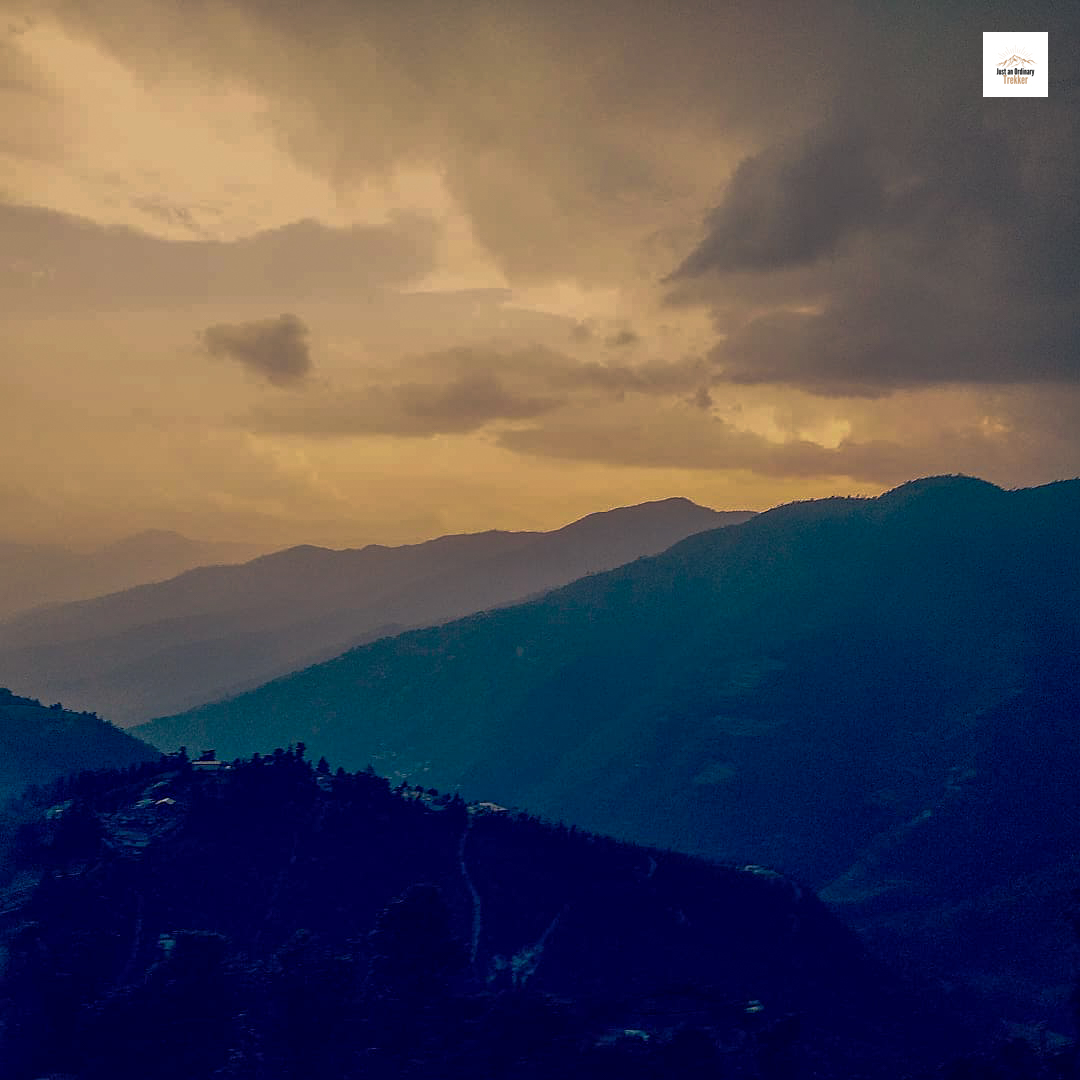
The Beginning of My Roopkund Trek: Into the Himalayan Rollercoaster
There’s something truly magical about the Roopkund Trek.
It’s not just the majestic Himalayan views or the thrill of high-altitude trekking, it’s also the mystery that surrounds this ancient trail.
Is it the eerie allure of Skeleton Lake, where hundreds of old human bones lie frozen in time?
Or is it the sight of Ali Bugyal and Bedni Bugyal, two of Asia’s largest alpine meadows, that leaves you in awe?
Even after completing over 10 Himalayan treks, I can confidently say this: Roopkund still holds a special place in my heart.
And I have a feeling that no matter how many more treks I do, the memories of this thrilling though incomplete journey will always stand out.
The Mystery of Roopkund: Skeletons Frozen in Time
Located in the Chamoli district of Uttarakhand, Roopkund Lake sits at a dizzying height of 16,499 ft (5029 m).
Nestled under the shadows of the mighty Trishul massif, this small glacial lake is famous for the hundreds of human skeletons that appear when the snow melts.
These remains were first discovered in 1942 by Hari Kishan Madhwal, a forest ranger. Since then, theories have swirled — were they pilgrims caught in a hailstorm? An army that perished? Victims of disease?
No one knows for sure, and that’s what keeps the mystery alive.
The chilling backstory, combined with sweeping meadows and rugged Himalayan beauty, has made Roopkund one of the most iconic treks in the Garhwal region, even though new regulations have changed how the trek is done today.
Planning My Roopkund Trek (May 2018)
Back in May 2018, there were no restrictions on camping in alpine meadows, unlike today. After comparing a few packages, I booked my trek through Thrillophilia.
They act as a travel marketplace connecting trekkers with local operators. My actual trek was conducted by a smaller group called Uttarakhand Trip Trek (UTT).
While UTT doesn’t have the scale of Indiahikes or Trek The Himalayas, they made up for it with genuine hospitality and personal care.
From the owner’s involvement to the guide’s enthusiasm, everything felt more personal, something I’ve missed with bigger companies.
Day 1: Delhi to Lohajung — The Roopkund Trek Journey Begins (Sort Of)
Since I’m based in Delhi, I took an overnight bus to Haldwani, as no direct options were available to Kathgodam.
Haldwani is just a short drive from Kathgodam station, so I reached there early — too early, actually.
Mosquitoes, Sleep Deprivation & Waiting in the Dark
My bus arrived at 2:30 AM, almost five hours ahead of schedule. That meant spending the wee hours sitting alone at a deserted station, swatting mosquitoes.
Sleep? Not a chance. Especially knowing I had a 10-hour winding drive to Lohajung ahead.
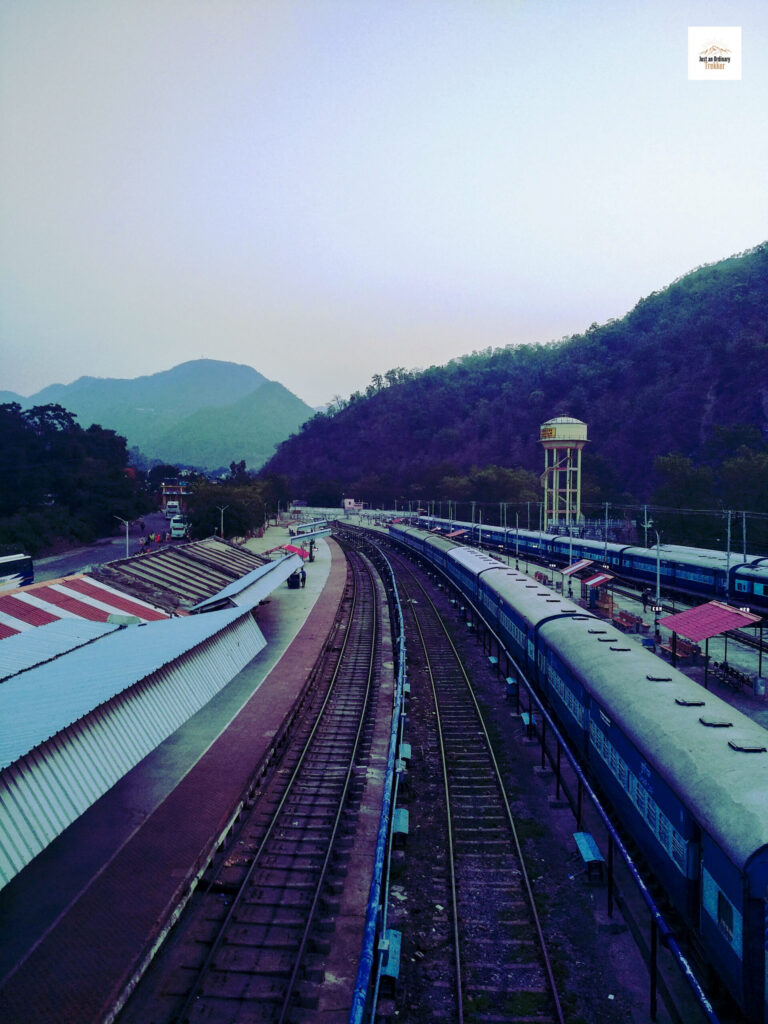
The Long, Winding Drive to Lohajung Base Camp
Lohajung is a scenic village and the base for treks like Roopkund, Brahmatal, and Bedni Bugyal. The drive, though grueling, offered stunning glimpses of the distant mountains, enough to keep the excitement alive.
Trek Tip: Withdraw enough cash in advance.
Lohajung didn’t have an ATM when I visited. The nearest one was in Deval or Purna.
Just as we reached Lohajung, the skies opened up. Rain on Day 1? Not the best omen.
But then came a bigger blow: my trek batch had canceled.
I was stunned. Was the trek over before it began?
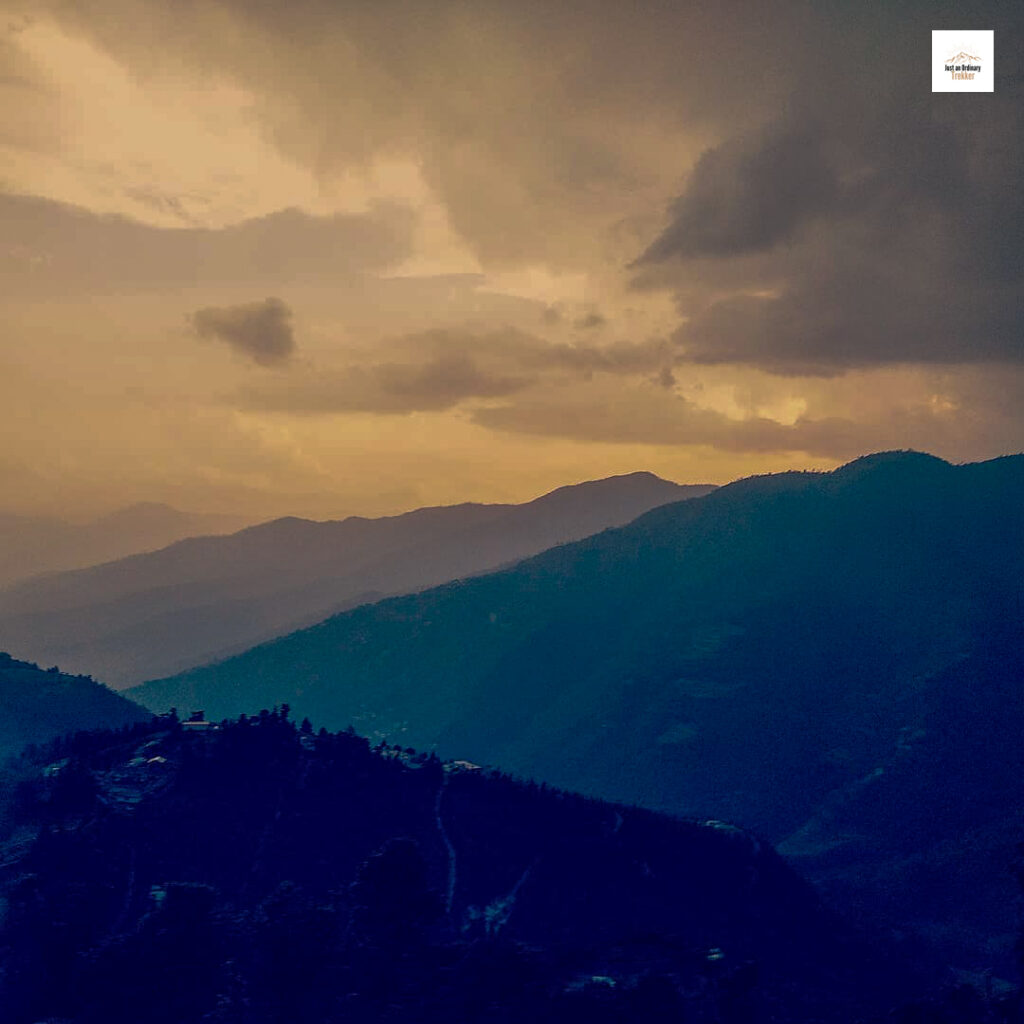
Thankfully, the UTT team stepped up. They said, “We’ll still take you. Even if you’re the only one.”
That moment won me over. A larger operator might’ve canceled — but these folks didn’t flinch.
Day 2: Lohajung to Didna — The Roopkund Trek Officially Begins
There are two main routes for the Roopkund Trek:
- One starts from Wan (15 km away)
- The other, more scenic one, begins directly from Lohajung — via Ali Bugyal
Like most trekkers, I chose the Lohajung route. Luckily, the rain had cleared by morning.
After a hearty breakfast of parathas and sabzi, I set off with my guide around 9 AM.
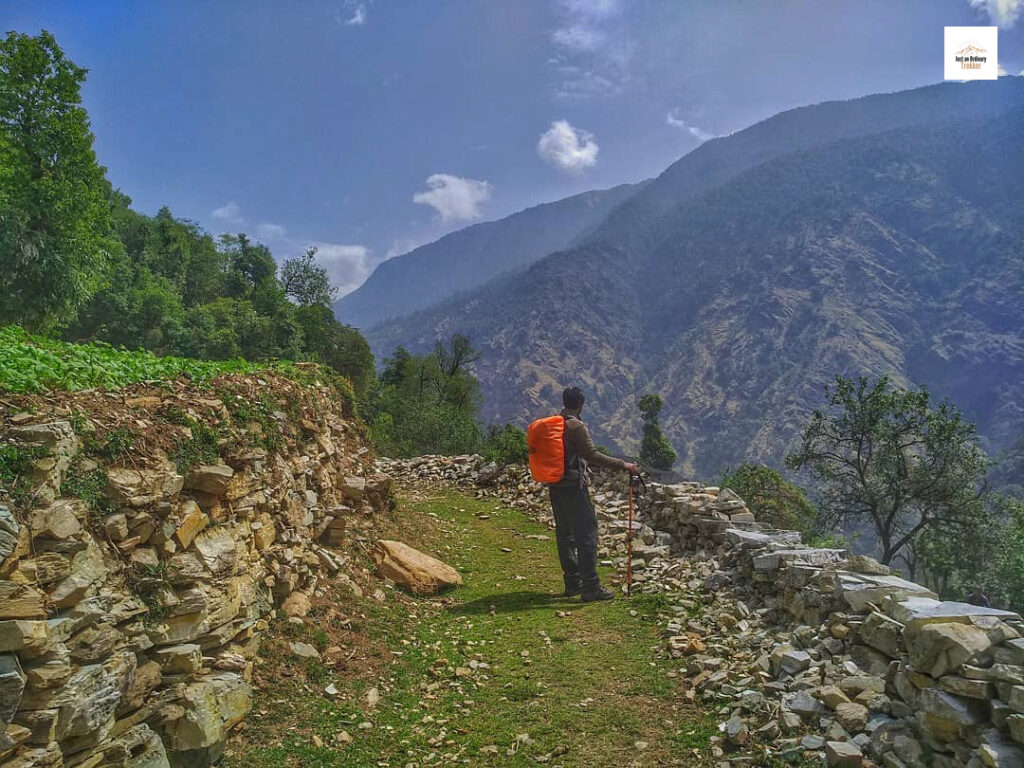
From Easy Trails to Brutal Climbs
The walk till Kuling was easy, mostly downhill, with lovely views. There’s a road till there, but we took the forest trail for a more natural experience.
After crossing the Neel Ganga River, the real challenge began.
It was a steep, 2-hour uphill slog under a blazing sun. What seemed like perfect weather at first quickly turned into a curse.
Thankfully, patches of forest gave some relief, but by the time I reached Didna Village, I was utterly drained.
A delicious, home-cooked lunch made with fresh local produce revived me. The kind of food that hits the soul.
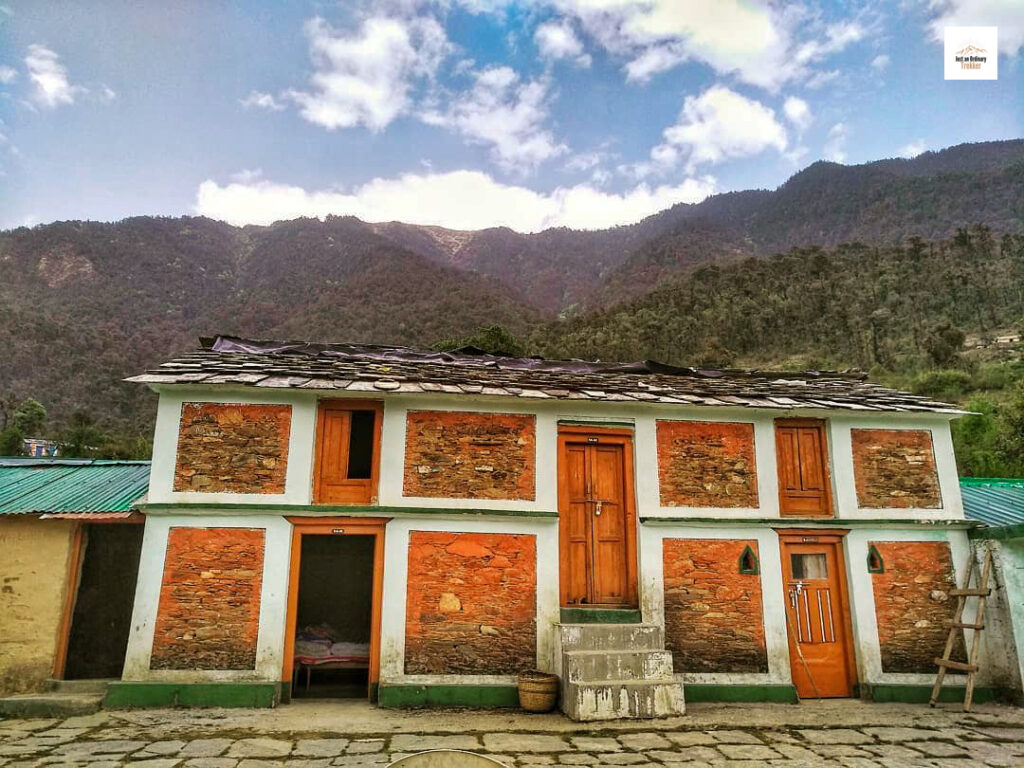
Meeting Fellow Trekkers in Didna Village
While resting at my homestay in Didna, I met a group of fellow trekkers staying nearby.
They were with Aahvan Adventures, and included five fun guys — Varun, Nikhil, Khushal, Mayank, and Vipul from Pune and Bareilly.
We bonded instantly and went out for a short walk around the village, which was cut short by another evening downpour.
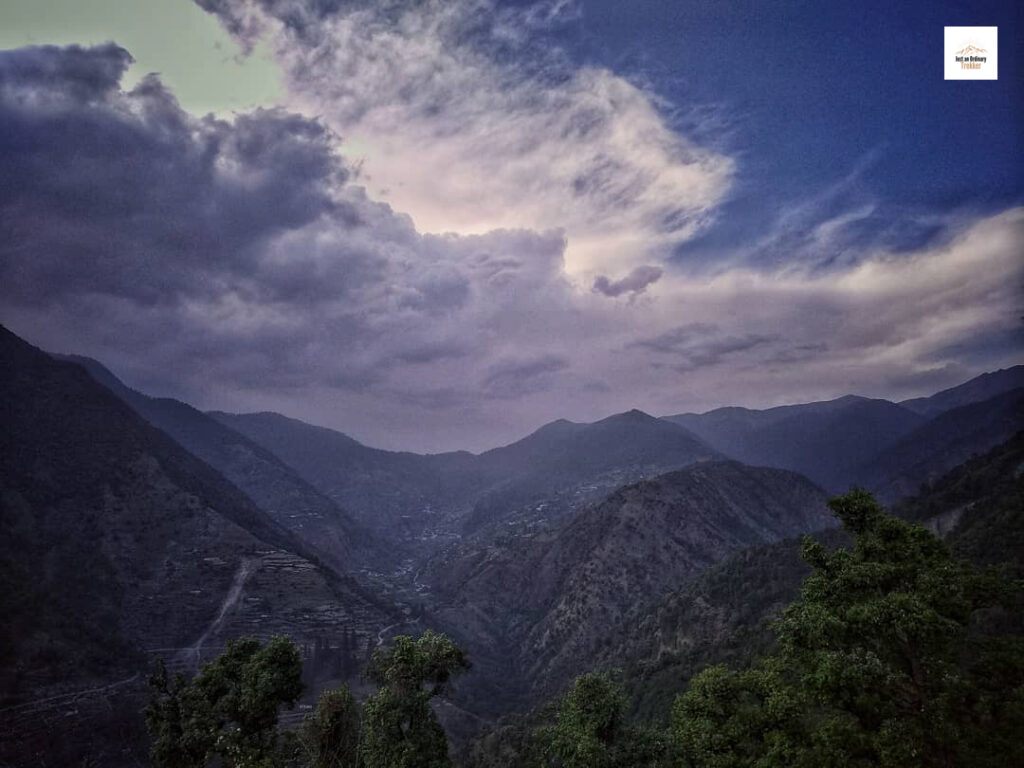
Back at the homestay, wrapped in warmth and laughter, I fell into a deep, peaceful sleep knowing this was the last night with a real bed.
From tomorrow, it was tents, sleeping bags, and the unpredictable mountain cold.
Coming Up Next:
Day 3 & 4 – The most scenic part of the trek.
Trekking through Ali Bugyal and Bedni Bugyal, spotting Trishul Peak rising like a painting from the meadows, and pushing toward Pathar Nachuni, all while dodging rain and fatigue.
Stay tuned — the adventure gets even better!

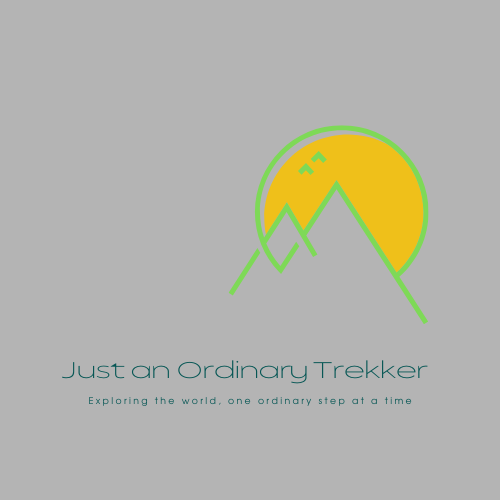


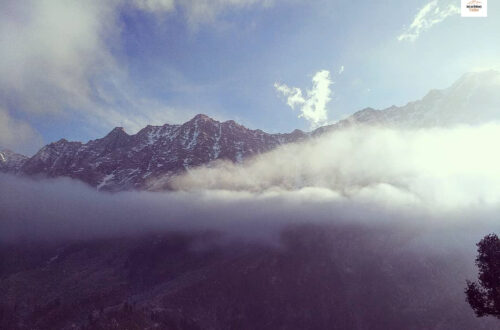
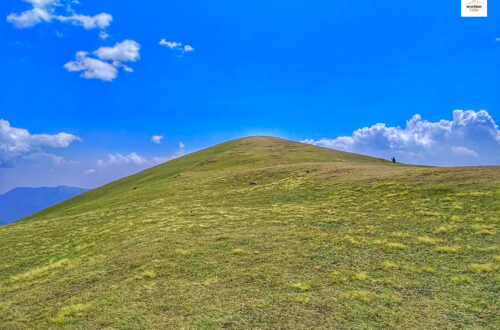
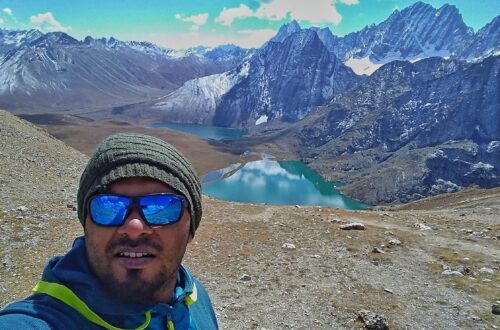

6 Comments
Bindiya S
Beautifully written. Can imagine the scene. Interesting reading.
Abhi
Thank you very much Amma
Abhi
I’m so glad the writing could help you visualize the scene — that’s exactly what I try to bring alive through these stories. Really appreciate you taking the time to read and share your thoughts! 🌿🏔️
Pingback:
Pingback:
Pingback: